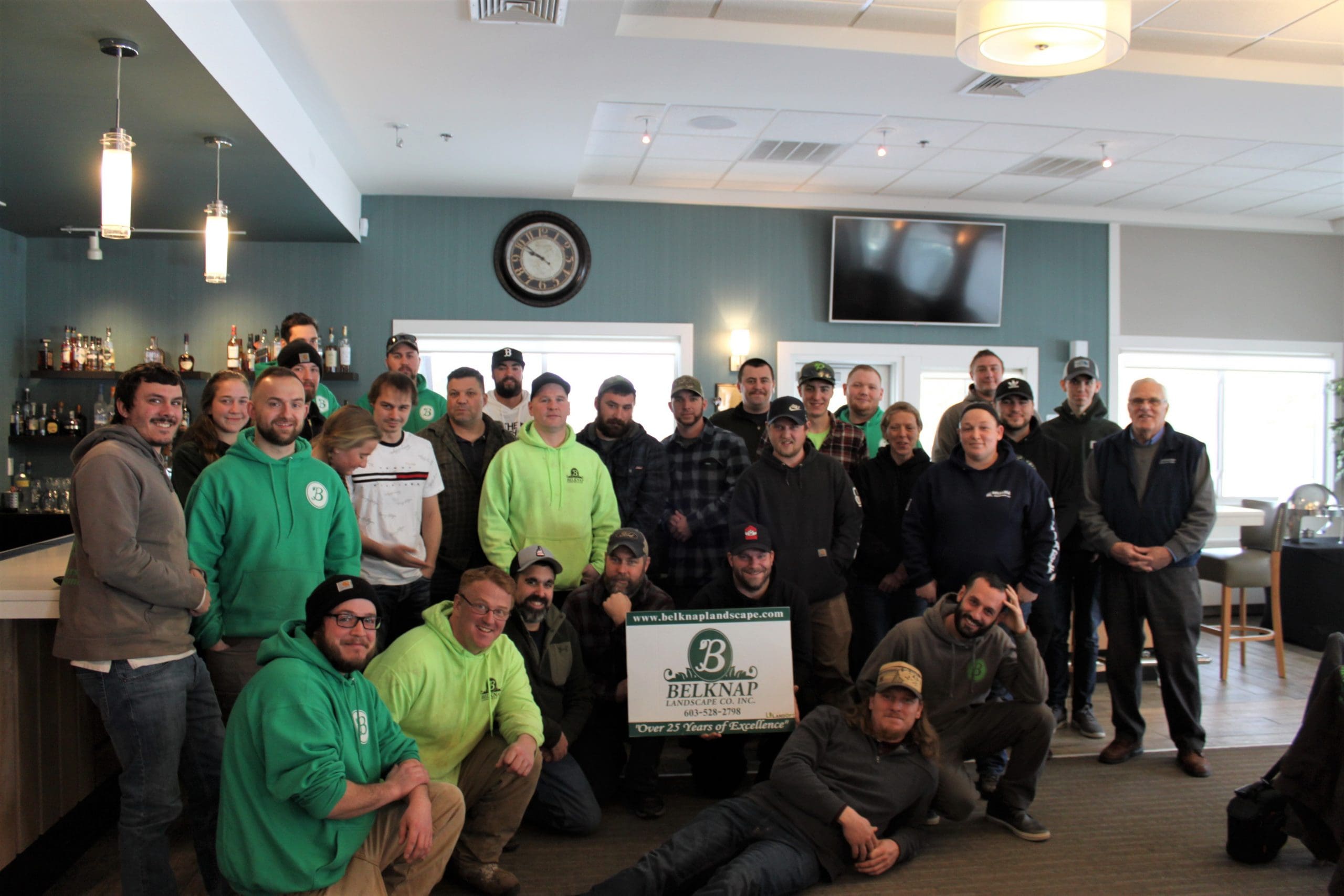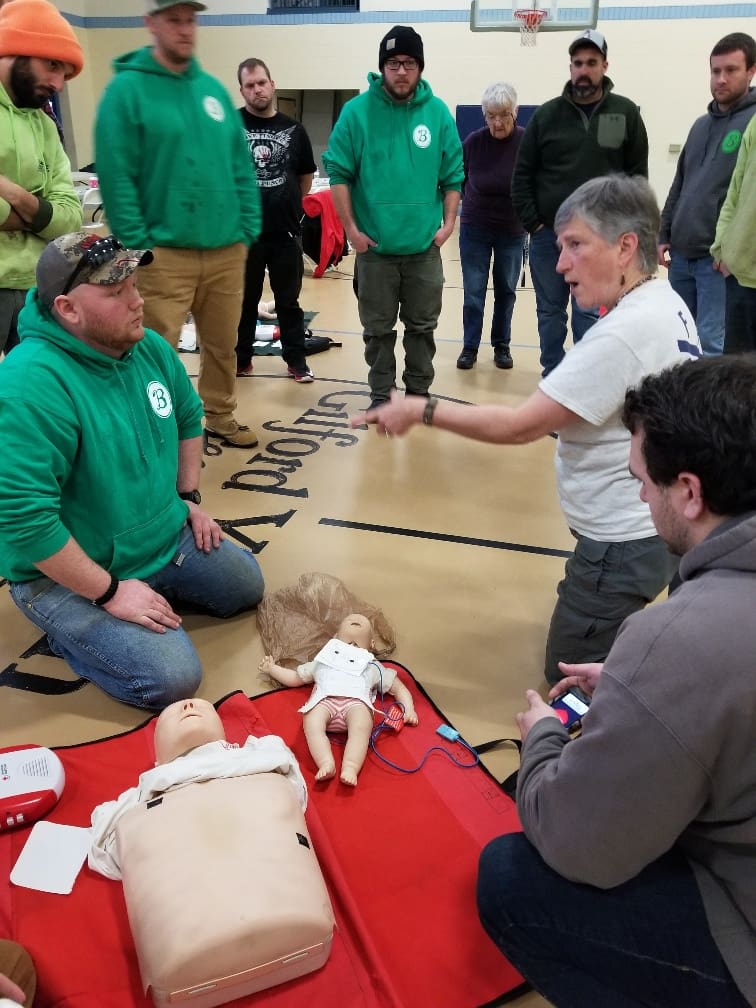
Safety is a lot of work. But Belknap Landscape Co., in Gilford, New Hampshire, prioritizes safety, making it an every day part of doing business.
“The most important reason that safety is so critical is that we want our employees to go home in the same condition—if not better—each day,” says Angie Carignan, human resources manager for Belknap. “Calling a family member and telling them someone is hurt is our worst fear. That’s why, above all else, safety must come first.”
Of course, it makes good business sense, too. Prioritizing safety can help you save money on your worker’s compensation insurance and liability insurance, making anything that you do to promote safety also a wise investment with a strong ROI.
NALP asked Belknap to share some the five ways they’re putting safety at the forefront of doing business.
5 Ways Belknap Prioritizes Safety
#1. Don’t Reinvent the Wheel
If you’re looking to implement a safety program into your business, Carignan says a great place to start is with what your insurance or worker’s compensation carriers might already offer. A lot of times there are already programs, training, or at least ideas in existence so you don’t have to create something from scratch.
#2. Involve Your Employees
While you might be tempted to have your managers take the wheel and run the show, Carignan points out that your workers are on the front lines and can be invaluable resources when it comes to talking about what safety challenges they face. They’re the ones who know what they need to improve safety. Listen to their input and involve them in decisions.
#3. Coordinate Events & Meetings

Among their safety efforts, Belknap recently hosted training in which employees learned CPR, First Aid, Stop the Bleed, winter driving tips, and participation in the OSHA-NALP Alliance 10-hour landscape construction safety program. This included Sam Steel, Safety Advisor for NALP overseeing the OSHA-10-hour portion of the event.
Annually, Belknap also does a Safety Summit, where they have various vendors come and speak about safety. The state police talk about driving and chiropractors come in and talk about back safety.
“Instead of it just being us up there, we try to keep it fresh and have a lot of our content coming from other sources,” says Carignan.
#4. Make Safety Part of the Culture
While big events like this can be really powerful, in order to make safety part of everyday culture, Jeff Sirles, brand coordinator for Belknap says the efforts must be “built into the everyday” as well. That means talking about safety and holding one another accountable day in and day out.
Andrew Morse, recurring department manager, agrees. He says one thing Belknap is looking to be better at is reviewing “near misses,” where something went wrong, but there was no damage or injury.
“Our employees are really great about coming forward to report accidents, but those near misses aren’t always reported,” Morse says. “So, we’re really working hard to make it clear that we want to know about them—not to get anyone in trouble but to be able to learn everything that we can from those incidents. We want to get an action plan in place to prevent it from happening again.”
#5. Lead by Example
In making safety part of everyday culture, Carignan says that making sure “nobody is ever above safety,” is an important mantra. For instance, if a manager walks on a job site and isn’t wearing personal protective equipment, Belknap managers empower employees to be able to tell them they need it on. That is respected and honored.
“Along with that, it’s also important to allow employees the time to perform hazard assessments and safety walks before starting any job,” Carignan says. “Although we understand the concerns around budget and man hours, fitting in the time for those evaluations—areas where there could be safety concerns—can really save money on the other side. The bottom line is that safety always has to be front and center.”
EDITOR’S NOTE: Safety is key to a successful landscape company. Why reinvent the wheel? NALP’s Safe Company Program can help you build a stronger safety culture. This can help you reduce injuries and hazards, demonstrate your commitment to a safe workplace and lower your costs.

